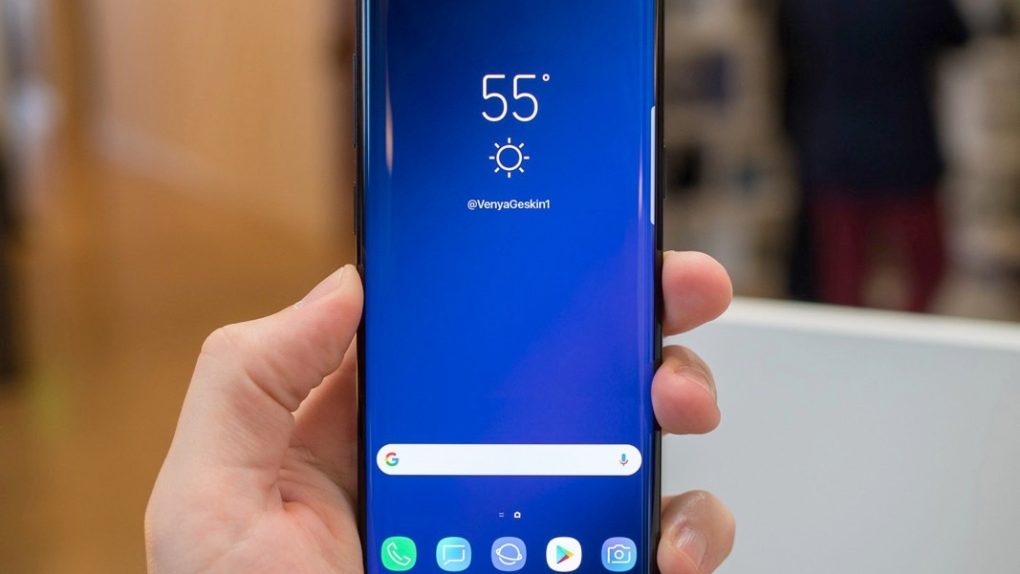Samsung’s Galaxy S10 is the undisputed star of winter when it comes to unreleased mobile devices. With three months to go until its official announcement, we already know plenty of things about the handset from an increasing number of reports. The phone will have an exciting Infinity-O display design, and it’ll come in up to four versions including a cheaper option as well as a premium 5G version. The phone will also feature next-gen mobile processors, multi-lens cameras for both the rear and selfie shooter and an in-display fingerprint sensor. Qualcomm, the usual provider of some of the flagship chips used inside the Galaxy S and Note phones, just introduced a bunch of new technologies, confirming a Galaxy S10 signature feature in the process.
Qualcomm unveiled its the Snapdragon 855 processor as well as its 5G modem at its Snapdragon Technology Summit, and both components will be found in various Galaxy S10 versions. As in previous years, Samsung is expected to make use of both next-gen Exynos and Snapdragon processors to power the Galaxy S10. Moreover, the Snapdragon X50 5G modem, as well as other 5G components, will probably be found inside the 5G version.
But Qualcomm also announced a different component during the first day of the summit, one that will surely power one of the Galaxy S10’s signature features.
The next Samsung phone will have an in-display fingerprint sensor like many Android handsets. However, various rumors have said that Samsung chose a more expensive and more sophisticated ultrasonic fingerprint sensor for the phone, rather than the optical sensor found on competing devices. Qualcomm is making that sensor, the reports said, and the chipmaker confirmed it all at the event:
[Alex Katouzian, senior vice president and general manager, mobile, Qualcomm] also announced Qualcomm 3D Sonic Sensor, the world’s first commercial ultrasonic fingerprint solution supported under the display. This is the only mobile solution that can accurately detect fingerprints through numerous contaminants. Furthermore, this technology enables sleek, cutting-edge form factors while distinguishing itself from alternatives with higher levels of security and accuracy.
Optical in-display fingerprint sensors use light to illuminate the fingerprint when it touches the screen, to scan it and then compare it against the ones stored on the phone.
Qualcomm’s 3D Sonic Sensor bounces ultrasounds off of a fingerprint’s ridges to create a more complex 3D pattern. This fingerprint-reading method should be both more secure, as it can’t be easily spoofed, and faster, as it won’t require optical access to the fingerprint. 3D Sonic Sensor should work even if the screen is dirty or wet, and that’s probably what Qualcomm’s press release hints at.
That said, Qualcomm didn’t explicitly mention the Galaxy S10 in its press release, and it’s likely that other 2019 flagship phones will have 3D Sonic Sensors under their screens. But given what we’ve heard so far, it sure looks like the Galaxy S10 will be the first handset to do so.








